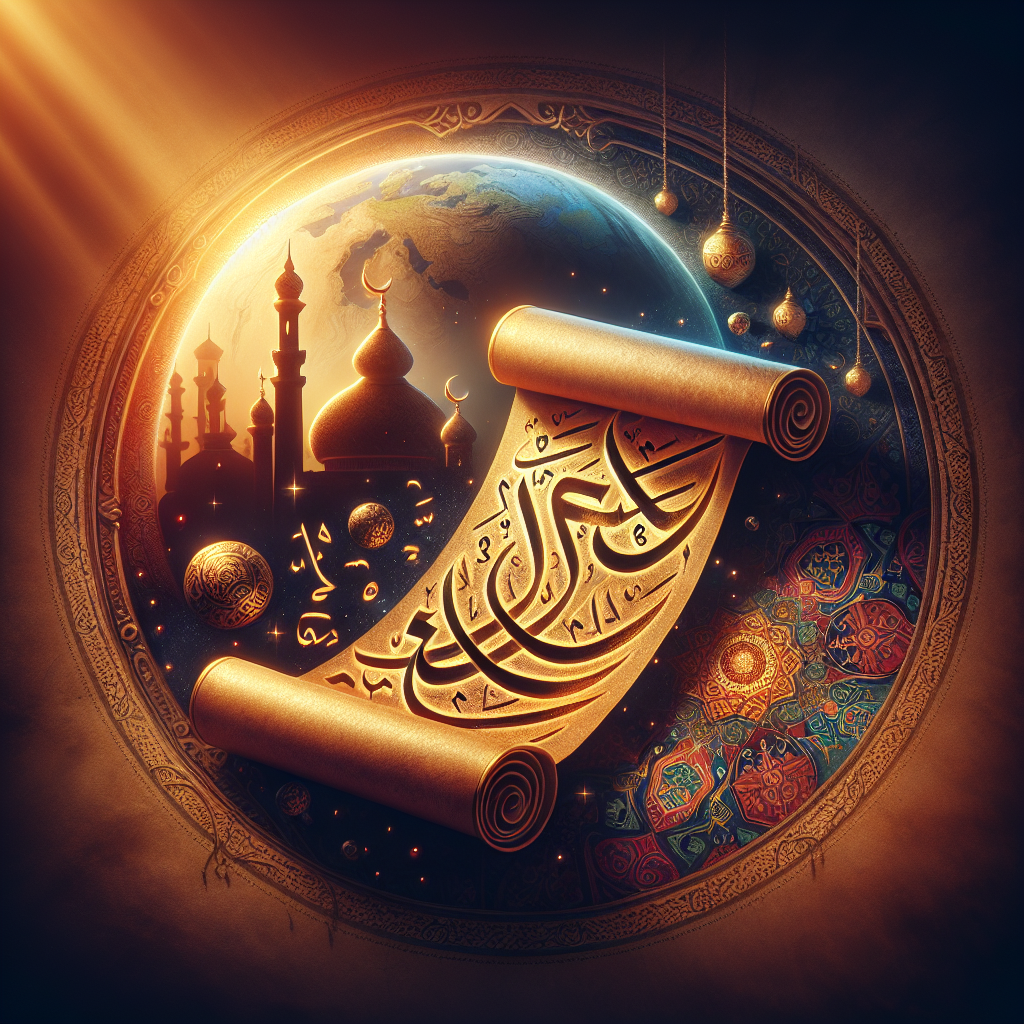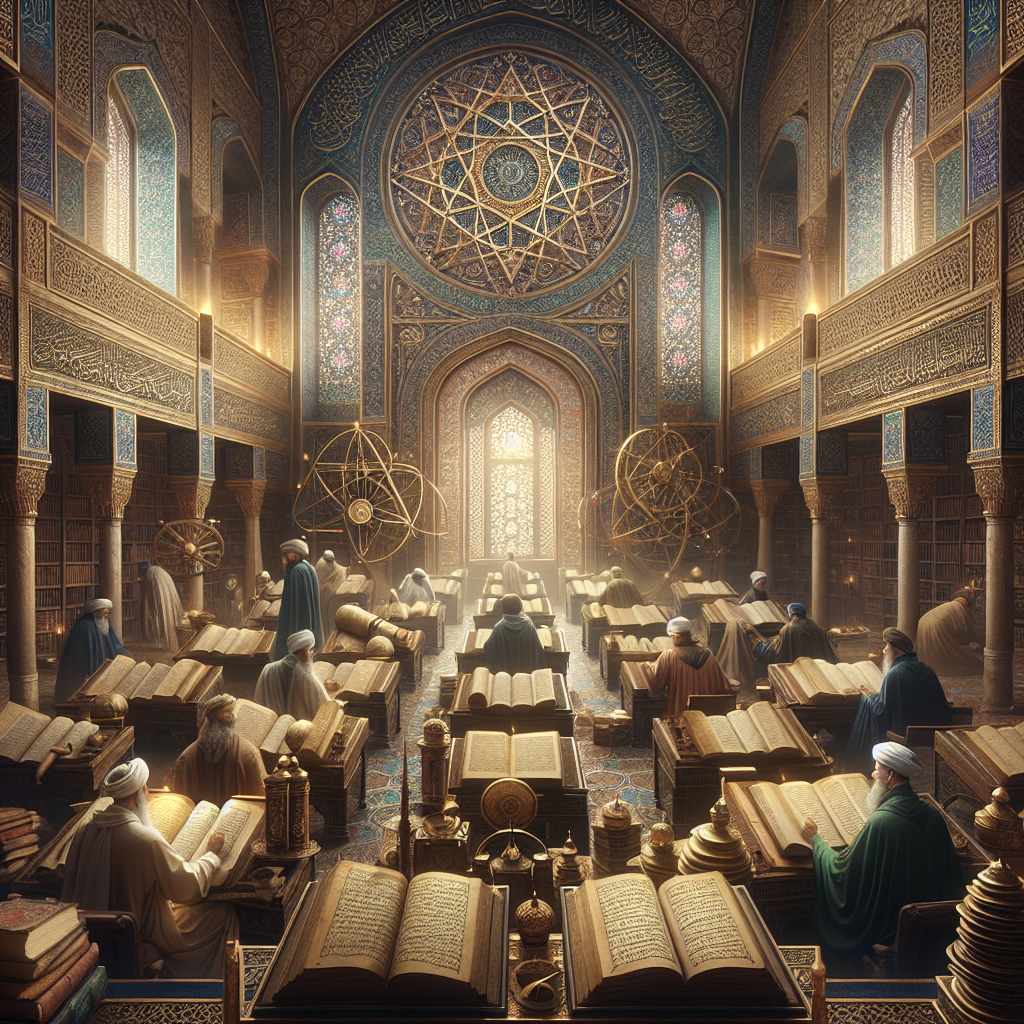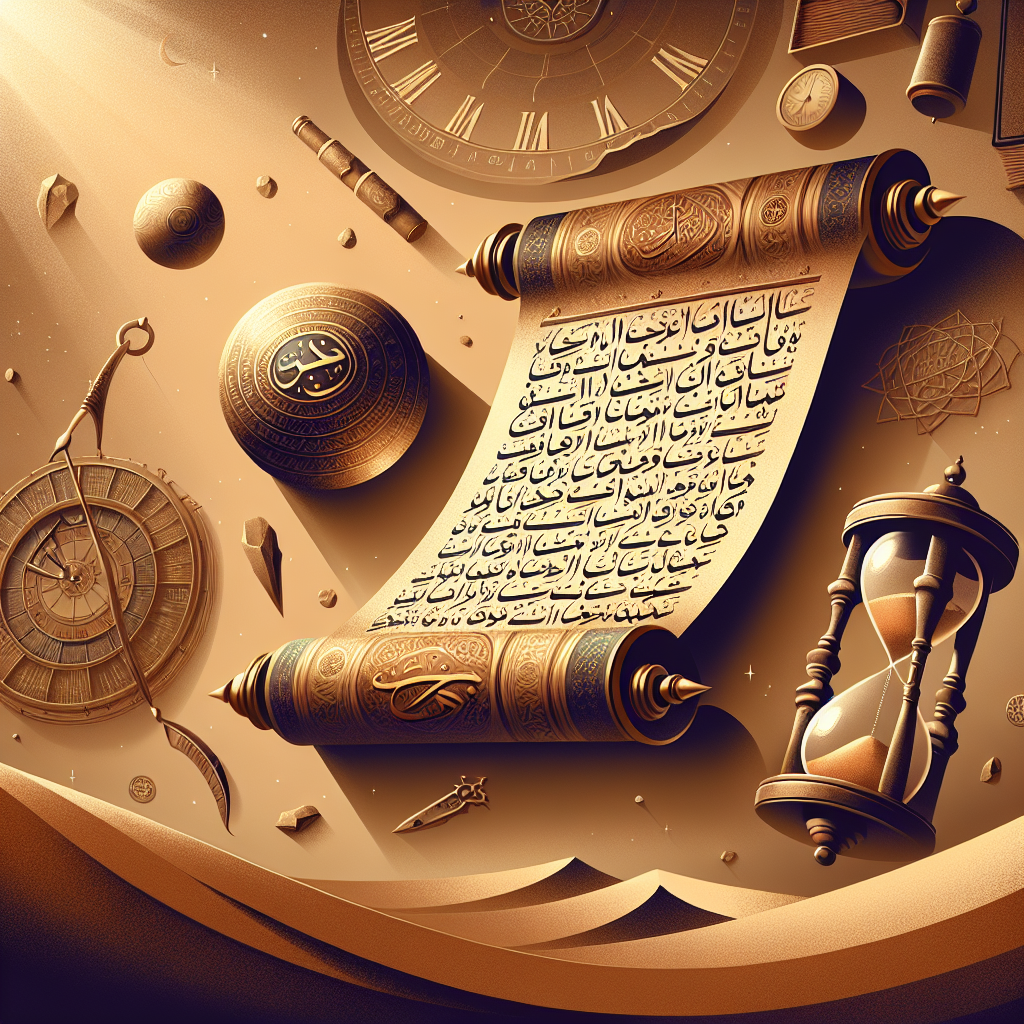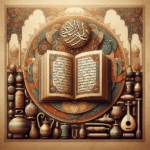The Arabic Alphabet in the Context of Historical Events
Welcome, dear readers! Today, we’re diving into the fascinating world of the Arabic alphabet and its journey through history. From its ancient origins to its role in shaping cultures, the Arabic script has been a silent witness to many pivotal historical events. Join me as we explore this rich tapestry of letters and stories! 📜✨
Table of Contents
1. Introduction to the Arabic Alphabet
2. Ancient Origins and Evolution
3. The Arabic Alphabet in the Islamic Golden Age
4. Arabic Script and the Spread of Knowledge
5. Modern Influence and Global Reach
6. Conclusion
7. FAQs

Introduction to the Arabic Alphabet
The Arabic alphabet is more than just a set of letters; it’s a cultural icon, a historical artifact, and a living language tool. Comprising 28 letters, the Arabic script is written from right to left and is used by millions of people worldwide. But how did it come to be such a significant part of human history? Let’s embark on this historical journey together! 🌍✨
Ancient Origins and Evolution
The story of the Arabic alphabet begins in the Nabataean civilization, a group of ancient Arab people who lived in what is now Jordan and parts of Saudi Arabia. Over time, their script evolved into the Arabic alphabet we recognize today. Isn’t it amazing how a script can transform over centuries, adapting and thriving across different cultures? 🤔

As the Islamic empire expanded, the Arabic script spread across the Middle East and North Africa, influencing other scripts and languages. This expansion was not just geographical but also cultural, as the script became a conduit for sharing ideas, art, and science.
The Arabic Alphabet in the Islamic Golden Age
The Islamic Golden Age, spanning from the 8th to the 14th century, was a period of great intellectual flourishing. During this time, the Arabic alphabet was at the heart of scientific, philosophical, and artistic advancements. Scholars wrote extensively in Arabic, translating ancient Greek and Roman texts and making groundbreaking discoveries in fields such as mathematics, astronomy, and medicine. 🌟📚
The Arabic script became synonymous with knowledge and scholarship, and its role in preserving and enhancing ancient wisdom cannot be overstated. It’s fascinating to think about how these letters were the building blocks of so many discoveries that shaped our world.
Arabic Script and the Spread of Knowledge
The spread of the Arabic script wasn’t just about conquest; it was also about communication and education. As the script traveled with traders, scholars, and explorers, it facilitated the exchange of ideas and cultural practices. This cross-cultural interaction enriched societies and laid the groundwork for modern globalization. 🌐🤝
From beautiful calligraphy in mosques to essential manuscripts in libraries, the Arabic alphabet became a symbol of cultural identity and intellectual exchange. It’s a testament to the power of language as a unifying force, isn’t it?
Modern Influence and Global Reach
Today, the Arabic alphabet continues to be a vital part of global communication. It’s the script of choice for over 420 million Arabic speakers and influences many non-Arabic languages, such as Persian, Urdu, and Kurdish. The script’s adaptability and elegance have made it a popular choice in art and design. 🖋️🎨
In the digital age, the Arabic alphabet remains relevant, with technology adapting to accommodate its unique features. From social media to international business, the Arabic script is a powerful tool for connection and expression in our interconnected world.
Conclusion
The journey of the Arabic alphabet is a testament to human ingenuity and adaptability. From ancient carvings to digital text, its evolution reflects the diverse historical events and cultural exchanges that have shaped our world. Next time you see Arabic script, take a moment to appreciate its rich heritage and the stories it carries. 📖💬
FAQs
Q1: How old is the Arabic alphabet?
A1: The Arabic alphabet has its origins in the 4th century CE, evolving from the Nabataean script.
Q2: Why is the Arabic alphabet written from right to left?
A2: The right-to-left writing system is believed to have originated from ancient Semitic scripts, which influenced the development of the Arabic alphabet.
Q3: What languages use the Arabic alphabet?
A3: In addition to Arabic, languages like Persian, Urdu, Kurdish, and Pashto also use the Arabic script, often with some modifications.
Q4: How has the Arabic alphabet influenced modern design?
A4: The calligraphic nature of the Arabic script has inspired various art and design forms, from traditional calligraphy to contemporary graphic design.
Q5: Is learning the Arabic alphabet difficult?
A5: Like any language, learning the Arabic alphabet requires practice, but many find it rewarding due to its logical structure and cultural richness.






